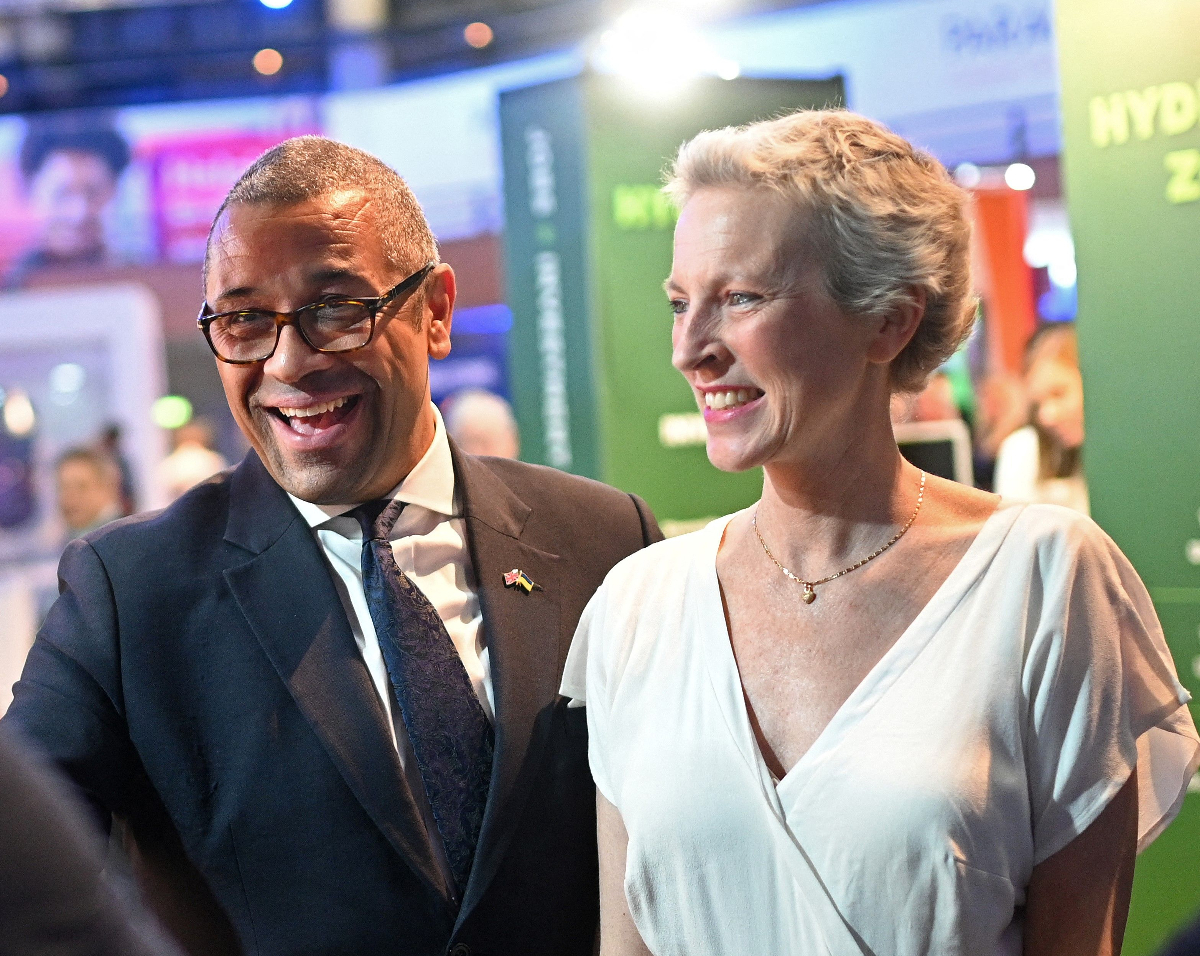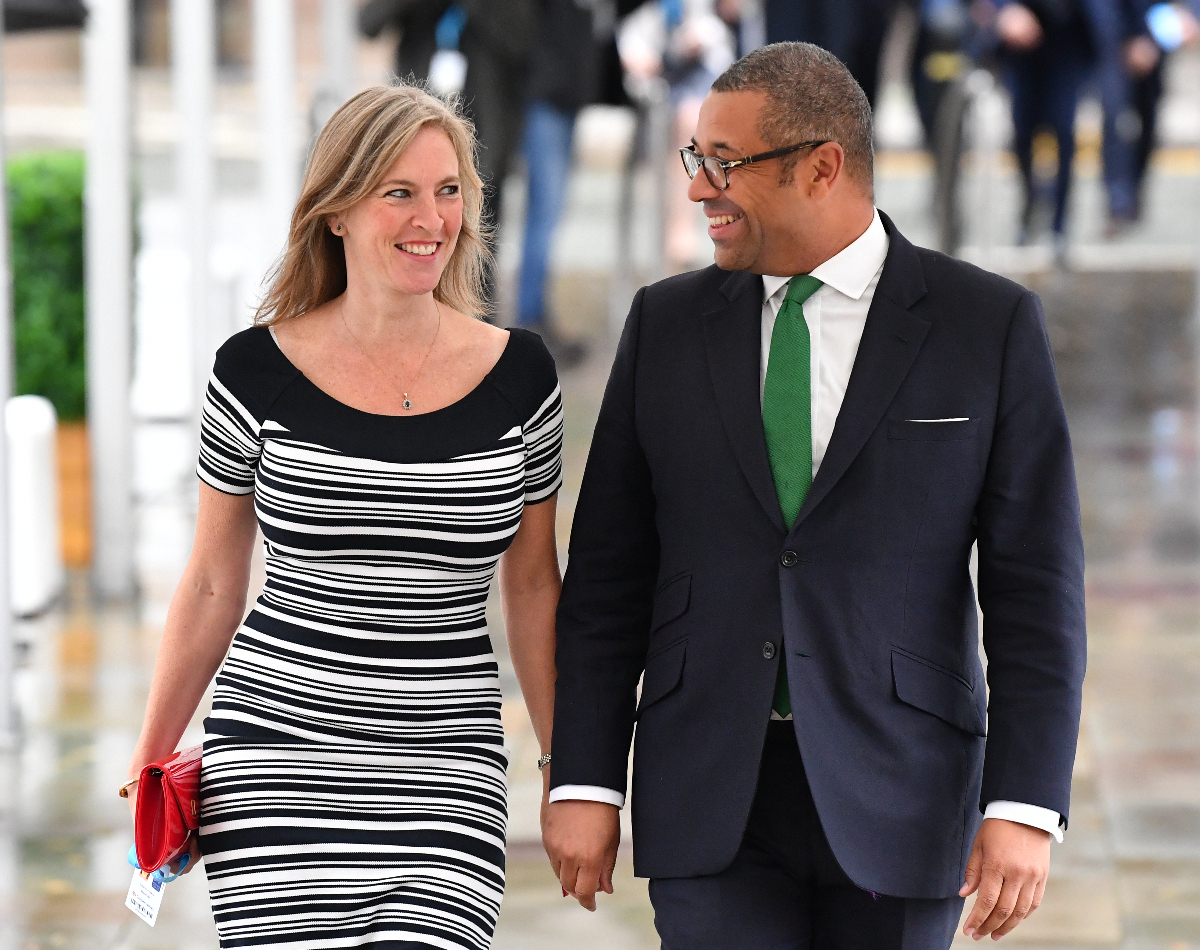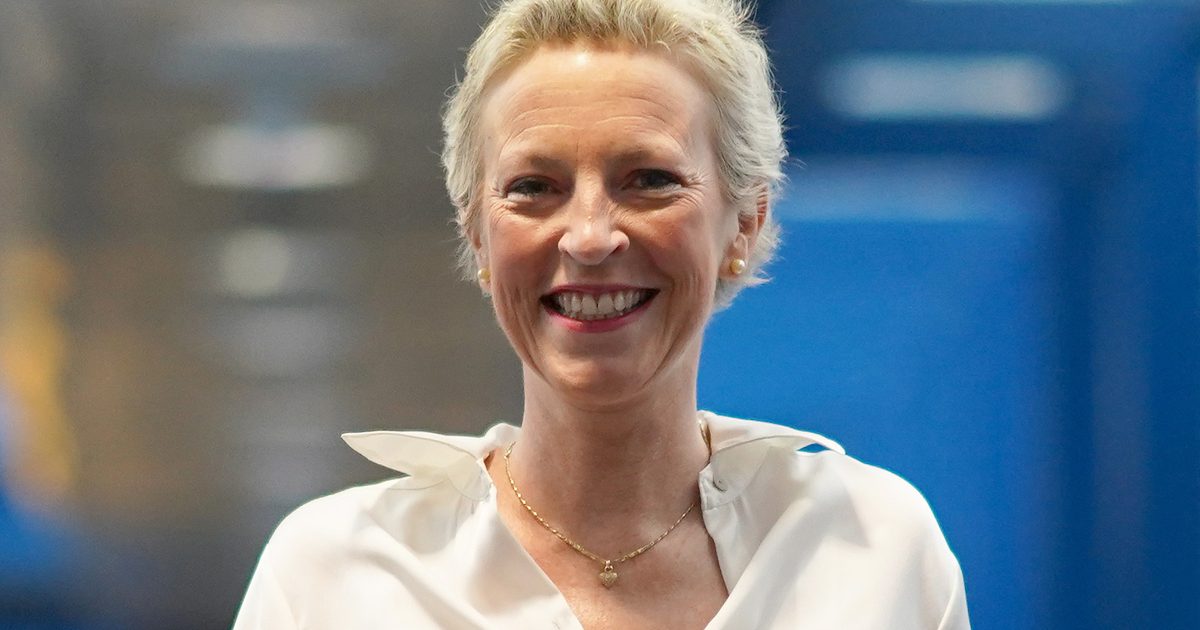Understanding Breast Cancer
- When Susannah Cleverly, 49, first noticed dimpled skin under her breast last year, she immediately got checked by a doctor. Now, she feels lucky as she’s undergoing treatment after getting diagnosed with stage 3 breast cancer.
- As the London-based mom is set to finish her treatment by next year she has opened up about her cancer journey and hopes to inspire others to ‘know their body’ and get checked by a doctor when something seems wrong.
- Breast cancer is a common cancer that has been the subject of much research, so there are many treatment options out there. Mammograms, a standard screening procedure for breast cancer, and self breast exams can save lives.
- Signs and symptoms of breast cancer can include a breast lump or thickening that feels different from the surrounding tissue; a change in the size, shape or appearance of a breast; changes to the skin over the breast such as dimpling; developing a newly inverted nipple; peeling, scaling, crusting or flaking of the pigmented area of skin surrounding the nipple (areola) or breast skin; and redness or pitting of the skin over your breast like the skin of an orange.
Now, as the London-based mom of two is set to finish treatment in April 2023, she is sharing her cancer story in hopes to spread awareness for breast cancer as she “makes the most of every minute.
Read More
“I was thrown into a very bad place. I thought I was going to die. I called James who was already on his way to work in Parliament. He jumped on a train straight away and canceled all his meetings,” Cleverly explained.
The mom of 20-year-old Freddy and 18-year-old Rupert said she told her family and friends about her diagnosis immediately after because she’s a “very open person” and “didn’t want it to be a secret.”
It took many mammograms, “painful” biopsies, an MRI, and an ultrasound, for the cancer center to discover she had “multifocal” breast cancer, a rare type of cancer in which multiple tumors are located in the same area.
Doctors found 12 lumps in her breasts and four affected lymph nodes under her arms.
Since the discovery, Cleverly has gone through 12 rounds of chemotherapy, a double mastectomy, radiotherapy, immunotherapy, and had 31 lymph nodes removed from under her arms.

Cleverly, who lost her hair and nails through treatment, also chose to go on a clinical trial which consisted of additional “painful biopsies” and having regular samples of blood taken.
Following months of intermittent chemotherapy, she underwent a double mastectomy in June and reconstruction with fat taken from her stomach.
Throughout Cleverly’s fight with cancer, her husband has been constantly supportive despite working his full-time job.
“He has looked after me so well, and did all the cooking,” she added. “I really felt for him because it is one thing going through something yourself, but it is very hard to watch your loved one suffer – the chemo hit me so badly.”
Now, after undergoing immunotherapy, Cleverly insists she’s feeling “so much better.”
“It is important to make the most of what you have. I want to give this information so people know what to expect, though it is different for everyone,” she said. “I want to tell people to get to ‘know your body’ and if there are any suspicious changes, get them checked out.”
Related: TV Soap Actress, 56, Is Told By Doctor She Had A 'Cyst' It Turned Out To Be Stage 3 Breast Cancer
Learning about Breast Cancer
Breast cancer is a common cancer that has been the subject of much research. Many women develop this disease every year, but men can develop this cancer too though it is more rare, in part, due to the simple fact that they have less breast tissue.
There are many treatment options for people with this disease, but treatment depends greatly on the specifics of each case. Identifying these specifics means looking into whether the cancerous cells have certain receptors. These receptors the estrogen receptor, the progesterone receptor and the HER2 receptor can help identify the unique features of the cancer and help personalize treatment.
"These receptors, I like to imagine them like little hands on the outside of the cell, they can grab hold of what we call ligands, and these ligands are essentially the hormones that may be circulating in the bloodstream that can then be pulled into this cancer cell and used as a fertilizer, as growth support for the cells," Dr. Elizabeth Comen, a medical oncologist at Memorial Sloan Kettering Cancer Center, previously told SurvivorNet.
One example of a type of ligand that can stimulate a cancer cell is the hormone estrogen, hence why an estrogen receptor positive breast cancer will grow when stimulated by estrogen. For these cases, your doctor may offer treatment that specifically targets the estrogen receptor. But for HER2 positive breast cancers, therapies that uniquely target the HER2 receptor may be the most beneficial.
Symptoms of Breast Cancer
Screening for breast cancer is typically done via mammogram, which looks for lumps in the breast tissue and signs of cancer. The American Cancer Society (ACS) says women should begin yearly mammogram screening for breast cancer at age 45 if they are at average risk for breast cancer. The ACS also says those aged 40-44 have the option to start screening with a mammogram every year, and women age 55 and older can switch to a mammogram every other year, or they can choose to continue yearly mammograms. It's also important to be on top of self breast exams.
Signs and symptoms of breast cancer may include:
- A breast lump or thickening that feels different from the surrounding tissue
- Change in the size, shape or appearance of a breast
- Changes to the skin over the breast, such as dimpling
- A newly inverted nipple
- Peeling, scaling, crusting or flaking of the pigmented area of skin surrounding the nipple (areola) or breast skin
- Redness or pitting of the skin over your breast, like the skin of an orange
The Unique Features of Breast Cancer: Deciding the Right Course of Treatment
It's important to keep an eye out for these symptoms while remembering that having one or many of them does not necessarily mean you have breast cancer. Regardless, you should always speak with a doctor promptly if anything ever feels off or you're experiencing one or more of the signs listed above. You never know when speaking up about your health can lead to a very important diagnosis.
Understanding Your Risk
The risk of developing breast cancer varies greatly from person to person, so it's important to discuss your specific risk level with your doctor. That being said, there are some important risk factors to keep in mind.
In a previous interview with SurvivorNet, Dr. Comen laid out several risk factors for breast cancer including:
- Being a woman: Women are at a higher risk for breast cancer, though men can get the disease too.
- Age: "Breast cancer becomes increasingly more common as women age," Dr. Comen said.
- Family history: "Some people think that breast cancer is only inherited through genes on the mom's side,' Dr. Comen said. "But it can also be related to genetic mutations that could be found on the father's side."
- Having had a prior biopsy on an abnormal area: "There are different markers, that if a woman has had a biopsy, it's important that she talk to her doctor about whether those markers are lending themselves to an increased risk of breast cancer," Dr. Comen said. If you've had a biopsy that indicated atypical hyperplasia, for example, you are at an increased risk of breast cancer. Atypical hyperplasia isn't cancer, but it is a precancerous condition that describes an accumulation of abnormal cells in the milk ducts and lobules of the breast.
- Radiation exposure: Cancer survivors who've had radiation to their chest are at an increased risk of breast cancer.
- Lifetime estrogen exposure: "About 2/3 of breast cancer are driven by the hormone estrogen," Dr. Comen said. "So, that means if a woman has had her period at an early age and started to go through puberty at an early age, at seven, eight, nine, and potentially a later age of menopause, means that her lifetime of having had menstrual periods and being exposed to higher levels of estrogen is higher, and therefore her risk of breast cancer is slightly higher."
- Not having a child before age 30 or never having children
- Obesity
- Drinking alcohol
- Lack of exercise: "While there's more research to be done in this area, it looks like if a woman is not exercising, she may also increase her risk for breast cancer," Dr. Comen said.
When Should I Get a Mammogram?
Contributing: SurvivorNet Staff
Learn more about SurvivorNet's rigorous medical review process.


